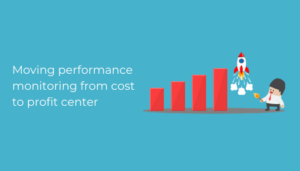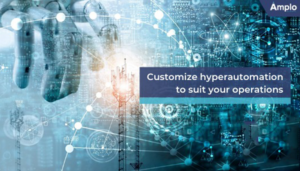Capability Modeling: Unleashing Industry 4.0 Success
| Experience Industry 4.0 triumph with Capability Modeling. Unleash your potential through data-driven insights, optimized processes & innovation. Success awaits! |
Assessing the shift
Admittedly, the move from the Third Industrial Revolution to Industry 4.0 will not be easy. While enterprises are eager to adopt advanced digital technologies (Industrial IoT, predictive analytics, AI/ML, immersive tech, and the like), a number of roadblocks remain. Nearly 70% of projects are stuck in pilot purgatory, unable to scale beyond the initial proof of concept. Less than a third of manufacturing companies are deploying Industry 4.0 solutions at scale.
What’s holding them back? Research by the World Economic Forum + Gartner suggests that poor planning and lack of long-term visibility plays a major role. For instance, while interacting with customers, we are frequently asked questions like, “When can we claim ourselves to be digitized?” or “ How do I know I am progressing towards 4.0?” and “How much behind I am than my competition?” – stressing the importance of visibility.
Pushing beyond, and into the “New”
On the other hand, manufacturers and suppliers who overcome the “fear of the unknown” could achieve quick business payback. One site in France designated as a 4IR Lighthouse reviewed and planned their digital transformation strategy extensively, ironing out issues (both technology and culture) around 14 different use cases before implementation. As a result, it solved long-standing issues – increased performance through analytics, augmented reality to train operators, and smart vehicles to auto-replenish the production line, among others.
The advantages of embracing Industry 4.0 are undeniable. As the US manufacturing sector goes through a productivity plateau (growing at <1% year-on-year), an effective digital transformation strategy is the only viable alternative. Enterprises can improve their bottom line by optimizing current processes while adding to top-line margins by diversifying into new, digital-focused revenue channels. But to get there, it’s important to first consider the architecture of one’s “enterprise heat map” and how it influences the digital transformation strategy.
Making sense of change – Our ideas on the way forward
At the recent Manufacturing Leadership Summit, we came across an interesting revelation. Despite understanding the criticality of a digital pivot, enterprises are struggling with multiple silos, each uniquely placed on the Industry 4.0 maturity curve. An exhaustive and intensive maturity assessment is required which benchmarks each function against Industry 4.0 objectives. Through this detailed capability modeling exercise, enterprises can prioritize projects, map AS-IS to TO-BE scenarios, and get the visibility needed for successful transformation. Finally, a 5-year roadmap with precise milestones, supported by a bedrock of cultural readiness and cloud-based scalability, will set enterprises on the path to assured business payback from their Industry 4.0 initiatives.
In our experience, manufacturers who’ve embraced the impacts of the Fourth Industrial Revolution have a definite advantage over their Industry 3.x counterparts. We provide a 5-step capability modeling solution with zero documentation to help assess Industry 4.0 readiness and initiate next-best-step discovery.









































































